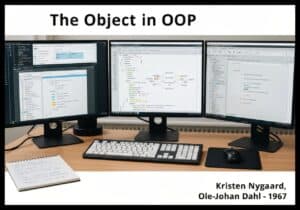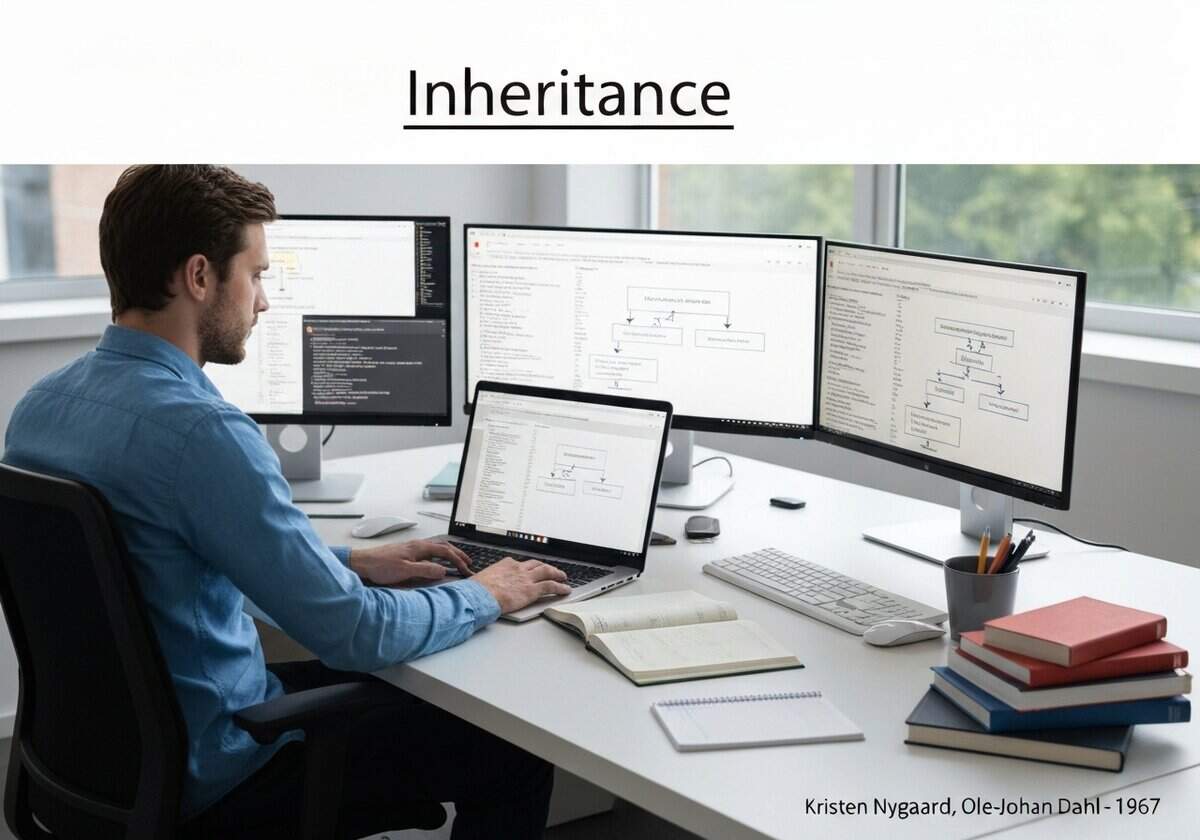继承是面向对象编程 (OOP) 中的一种机制,新类(子类或派生类)基于现有类(超类或基类),继承其属性和方法。继承支持代码复用,并在类之间建立自然的层次结构。子类可以扩展或覆盖继承的行为,从而允许更具体的实现,同时保持通用接口。


继承是面向对象编程 (OOP) 中的一种机制,新类(子类或派生类)基于现有类(超类或基类),继承其属性和方法。继承支持代码复用,并在类之间建立自然的层次结构。子类可以扩展或覆盖继承的行为,从而允许更具体的实现,同时保持通用接口。
Inheritance facilitates an “is-a” relationship between classes. For example, a ‘Dog’ is a type of ‘Animal’. In this scenario, ‘Animal’ would be the superclass, containing general attributes and methods like ‘age’ and ‘eat()’. The ‘Dog’ class would be the subclass, inheriting these properties and adding its own specific ones, like ‘breed’ and ‘bark()’. This avoids code duplication, as the common logic is defined once in the superclass and reused by all its subclasses. Changes made to the superclass are automatically propagated to all subclasses, simplifying maintenance.
There are different types of inheritance, including single inheritance (a class inherits from only one superclass), multiple inheritance (a class inherits from more than one superclass), and multilevel inheritance (a class inherits from another class which itself is a subclass). While powerful, inheritance can also introduce complexity and tight coupling between superclasses and subclasses. Overuse can lead to deep and convoluted hierarchies that are difficult to understand and maintain. Modern design often favors composition over inheritance, where an object contains an instance of another object to achieve code reuse, representing a “has-a” relationship.
迎接新挑战
机械工程师、项目、工艺工程师或研发经理
可在短时间内接受新的挑战。
通过 LinkedIn 联系我
塑料金属电子集成、成本设计、GMP、人体工程学、中高容量设备和耗材、精益制造、受监管行业、CE 和 FDA、CAD、Solidworks、精益西格玛黑带、医疗 ISO 13485
继承(OOP编程)
(如果日期不详或不相关,例如 "流体力学",则对其显著出现的时间作了四舍五入的估计)。
相关发明、创新和技术原理
{{标题}}
{%,如果摘录 %}{{ 摘录 | truncatewords:55 }}
{% endif %}